If you’re looking to mix the perfect shade of beige, acrylic paint is an unbeatable choice. With its enhanced texture and quick drying time, it’s preferred by many artists for its versatility and ease of use. Whether you want a muted shadow or a more vibrant accent, acrylic paint offers an array of colors to create just about any hue.

At first, making beige with acrylic paint might sound like a confused artist’s attempt at combining every color of the rainbow, but it can actually be rather straightforward. In this blog post, we will provide an easy step-by-step guide on how to mix beige with acrylic paint.
How To Make Beige With Acrylic Paint: Detailed Instructions
Step 1: Gather Your Supplies
The first step is to gather the supplies that you need for mixing beige with acrylic paint. To make beige with acrylic paint, you’ll need some basic colors from your palette.
At the very least, you should have the following colors on hand before beginning your project: white, black, yellow, red, and blue. These primary colors are essential to making various shades of beige.
You will also require a brush and a mixing tray or palette. You may also want to have some water on hand in case you need to add some to thin out the paint when you are mixing it.
Step 2: Prepare Your Palette
Once you have gathered all of your supplies, spread out your palette knife on a clean surface and prepare your palette. Start by pouring some white paint onto your palette or mixing tray. By doing this, you will have a larger surface area to work with when mixing colors.
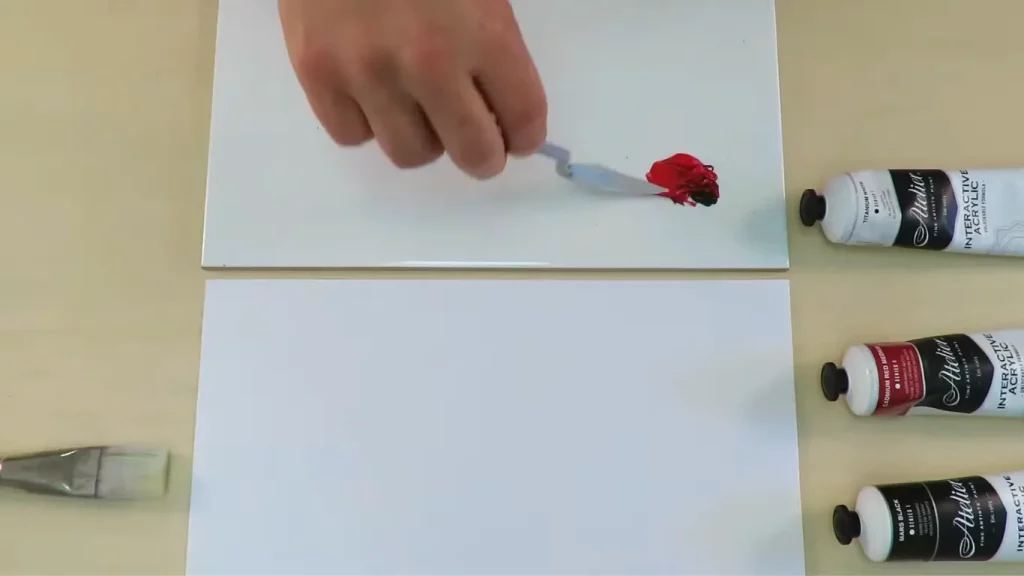
The amount of white paint that you pour can vary depending on how light or dark you want your final beige color to be.
Step 3: Add Yellow Paint For A Bright Beige
Now that you have prepared your palette and gathered all the necessary supplies, it’s time to mix colors. Once you’ve added the white paint to your palette, add a small amount of yellow paint and mix it into the white until it has been completely blended together. This will give you a bright beige color that is ideal for any project where you want an eye-catching yet subtle look.
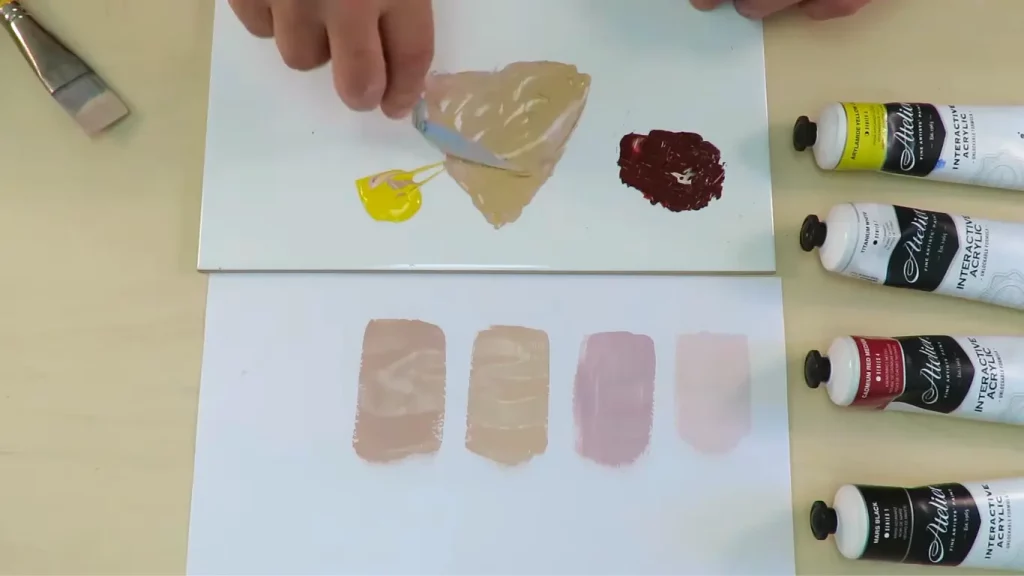
Once you have achieved this, add this mixture back onto your prepared palette and spread it out evenly with the blade of the spoon or palette knife. Now, add some more white paint on top until you achieve the shade of beige you want.
Step 4: Add Black Paint For A Darker Beige
If you want a darker shade of beige, then add some black paint to the mixture and blend thoroughly until they are mixed together. The result will be a deep and rich beige color that is great for adding depth and contrast to any project or painting.
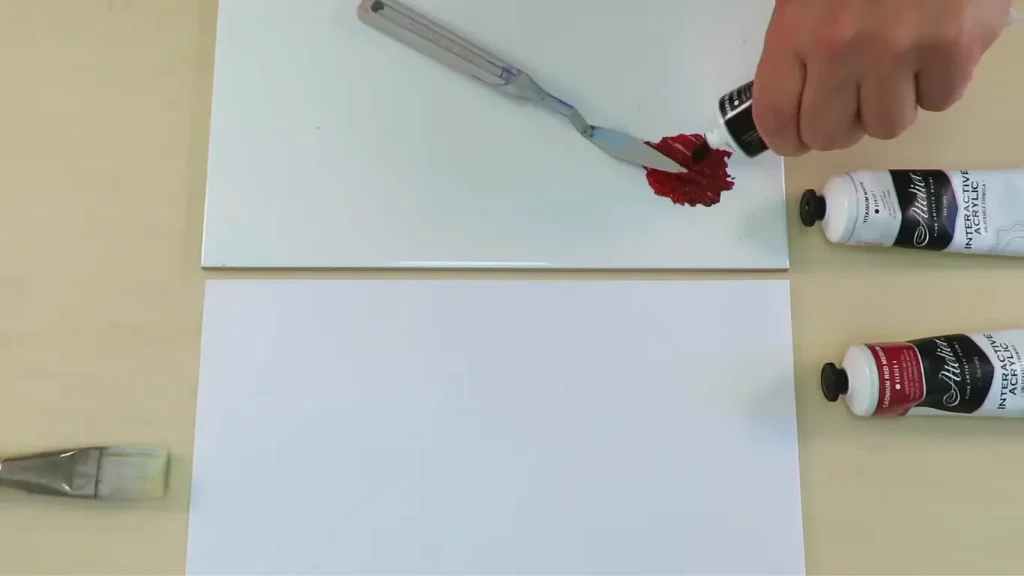
Step 5: Add Medium (Optional)
If desired, you can add an acrylic medium to give extra depth and vibrancy to your color mixture and help it adhere better to any surface you are painting on (such as paper or canvas).
To do this, simply mix together equal parts water and acrylic medium before adding it into your mixture on the palette knife. Then, stir it until it has been blended together. when adding the medium, make sure not to add too much, as this can thin out your mixture and change the color.
Tips For Mixing Acrylic Paint To Make Beige
1. Choose Your Colors Wisely:
The key to creating a beautiful beige color is choosing the right colors. Generally speaking, a good combination is white, yellow ochre, burnt sienna, and cadmium orange. These four colors will provide you with a nice range of shades that can help you achieve the desired tone.
2. Start With White As The Base Color:
White is your starting point because it will serve as the base color for your beige mixture. Start by adding about one part of white paint for every three parts of the other colors combined.
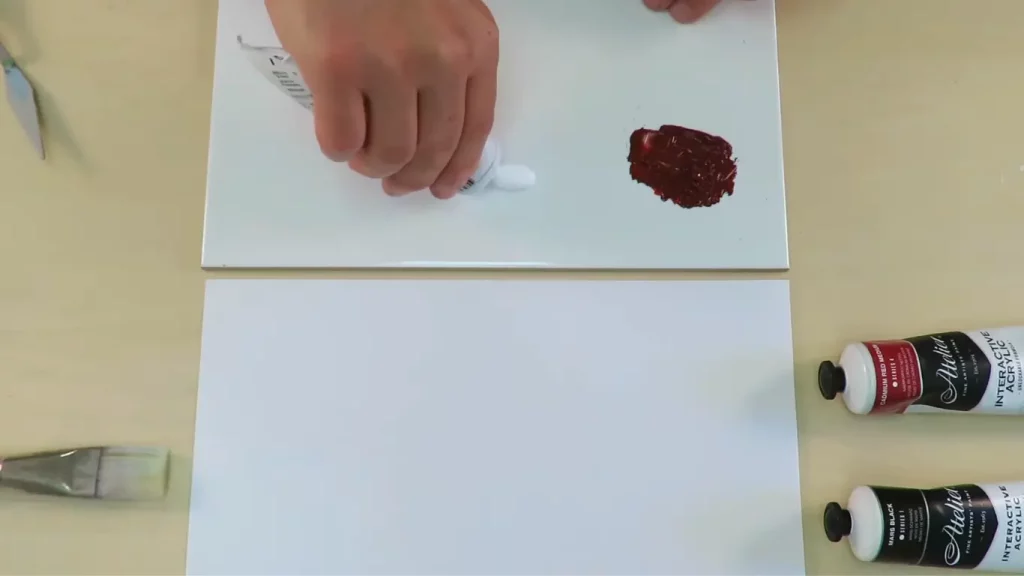
This ratio should give you just enough contrast between the other colors without making your mixture too light or dull-looking. Once you have added the desired amount of white paint, begin adding small amounts of each of the other colors until you reach your desired shade of beige.
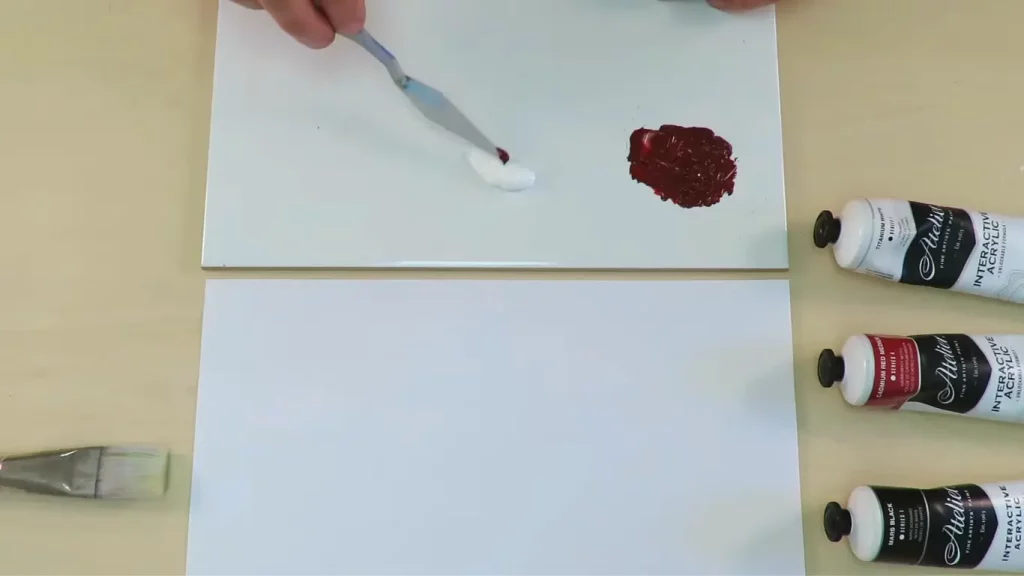
3. Test The Color On A Piece Of Paper:
Before you start painting with your new beige color, it’s a good idea to test it out first. Dip your brush into the paint and then apply it to a piece of scrap paper or canvas. This will help you to see how the color looks and make sure that you’re happy with it.
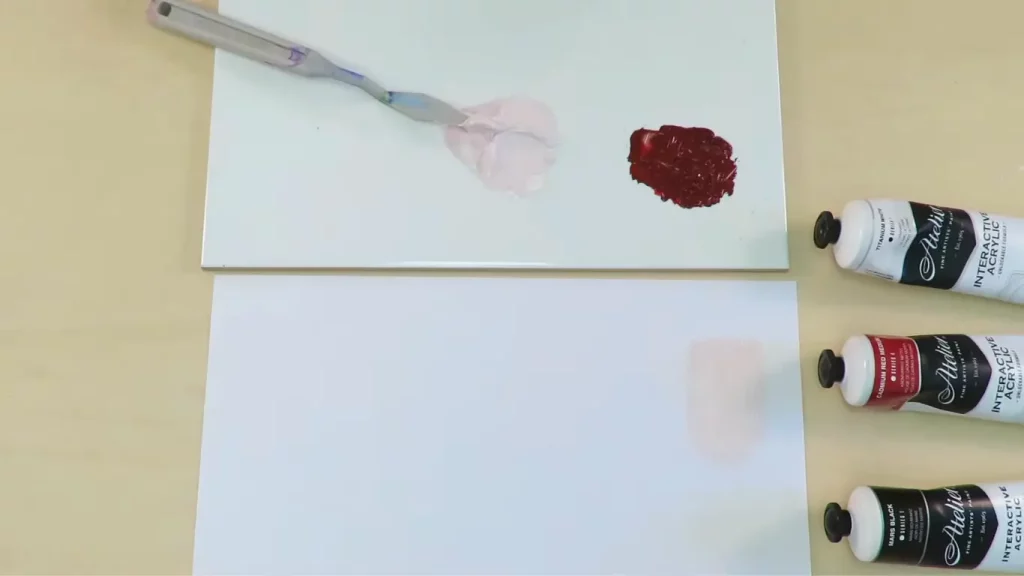
4. Experiment With Beige Shades
The shades of yellow ochre, burnt sienna, and cadmium orange vary significantly from brand to brand and even color series within each brand so it’s important that you experiment with different proportions until you find the appropriate shade of beige for your project.
If you want a lighter or darker beige mix to be, try adding more or less of each color until you find just the right balance. When adjusting proportions remember that even small changes can make a big difference in terms of tone and hue, so don’t hesitate to experiment.
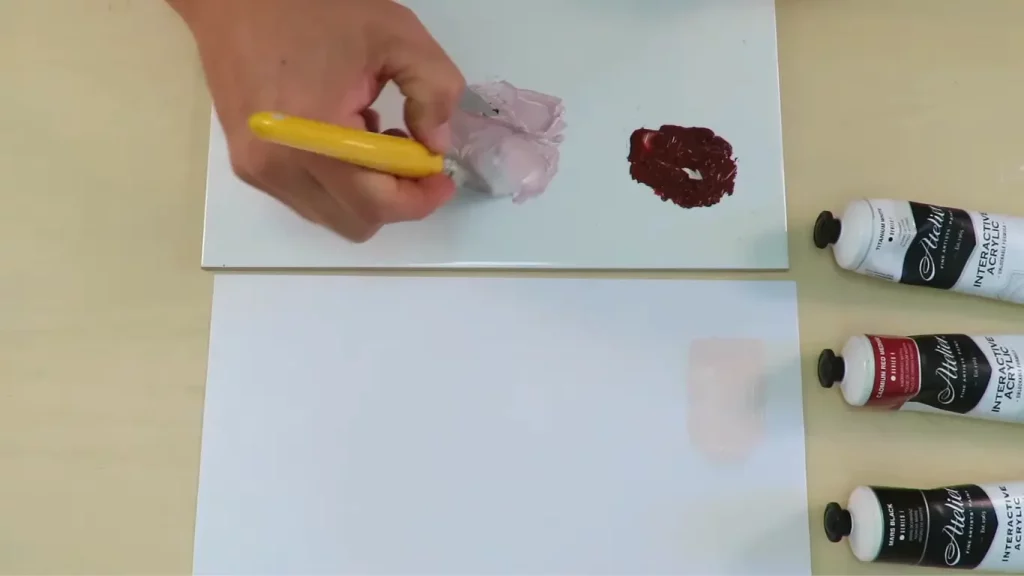
What Is the Color Code For Beige?
Beige is a subtle, neutral shade that can add an element of warmth to any home décor style. The color code for beige is #F5F5DC, which stands for the red (F5), green (F5), and blue (DC) codes, respectively.
Beige has enough colors to pair with nearly any other accent color, and since it blends very easily with other shades, it makes a great starting point for a room’s color palette.
Whether used as wall paint, wallpaper, or furniture upholstery, the color beige can help create a relaxing atmosphere and provide comfort without saturating a room in too much boldness.
Is Beige Close To Creme Color?
Many people may not consider beige and creme to be the same color, but they are pretty similar. In fact, some shades of beige are so close to creme that they virtually become indistinguishable from each other once applied.
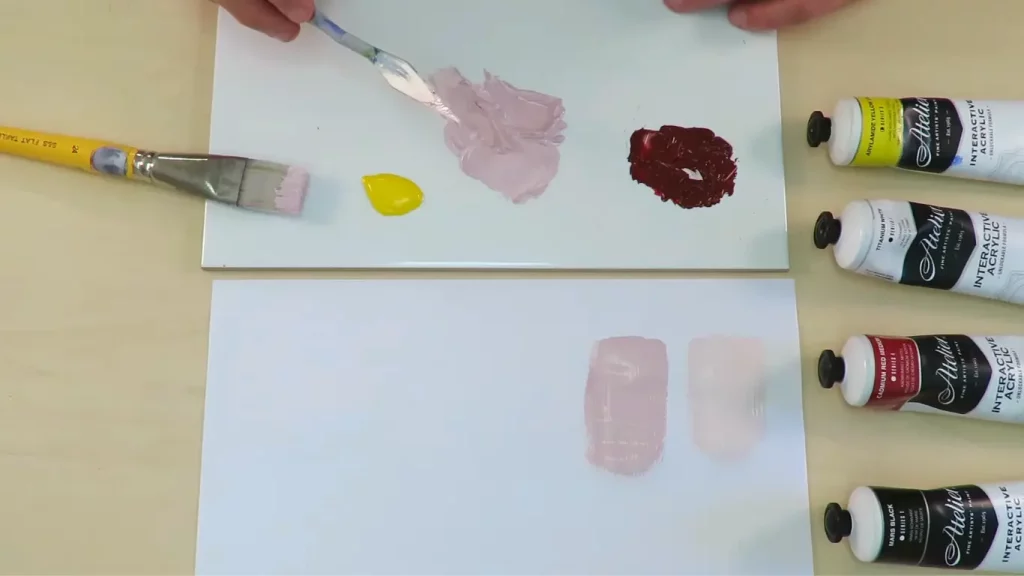
For example, if you compare something like white-beige paint to a pure off-white (or even creamy white) paint swatch, it can be difficult to tell where one ends, and the other begins. Consequently, when decorating a room with paint or fabric colors such as these, it’s wise to opt for samples in multiple shades before committing.
That way, you can get an even better sense of what complementary colors work best together without having to redo the whole job if you decide the initial choice isn’t quite right.
What Acrylic Colors Can Be Used To Make Beige Brown?
Working with acrylic paint requires some knowledge of how the colors interact with each other. Beige brown may not be a standard color, but it can easily be created with acrylics by combining some of the more common colors available.
All that is needed is light brown, dark brown, and yellow ocher to create this unique mix. Together, these three hues should be blended in various amounts to create anything from light sandy beige to dark earthy brown.
The end result will depend on just how many of each color have been used during the mixing process. Experienced painters can combine their red and blue hues, too, if they wish to add a bit of depth and texture to their final product.
Conclusion
Making beige with acrylic paints doesn’t have to be complicated or time-consuming. All it takes is three colors: white, black, and yellow, and just minutes of your time spent mixing them together until they create the perfect hue of beige for whatever project or painting you may have in mind.
And now that we’ve outlined how easy it is to make beige with acrylic paints why not give it a try? We think that once you do, there won’t ever again be an excuse not to use this classic hue. Thanks for taking the time to read the article.

S. Pushon is a paint expert, self-taught artist, and currently working as an adviser in the paint industry as a Quality Improvement and Development Assistant.
An artist by heart, he draws remarkable art pieces and as a professional paint industry individual, he seeks the insight and shares with enthusiasts. Read more…
